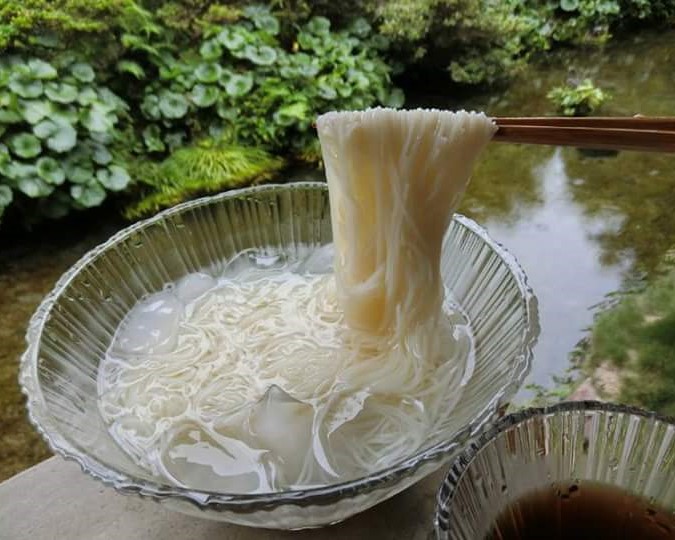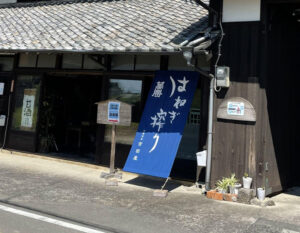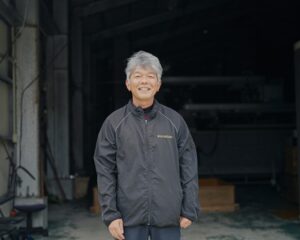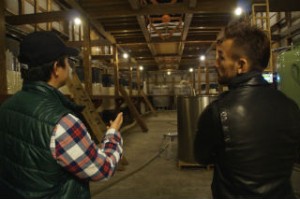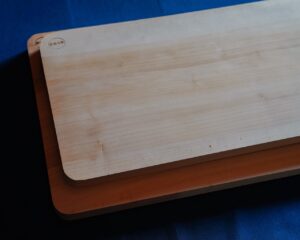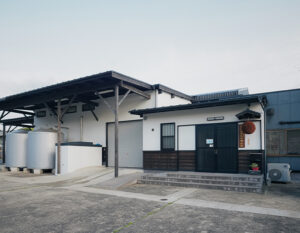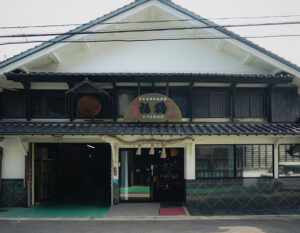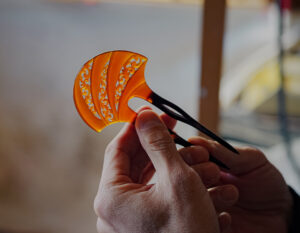Located in Minamishimabara City, Nagasaki Prefecture, one of the largest producers of somen in Japan, Takahashi Ken Somen is a long-established noodle mill that makes hand-pulled somen the old-fashioned way.
The soft and fluffy somen has long been loved by many people for its firmness and refreshing taste.
The company also produces hand-pulled udon noodles and Chinese noodles that incorporate the somen production method.
Nowadays, most “hand-pulled somen” are made by machine. In such an environment, one of the few noodle mills that continue to follow the traditional method of hand-stretching noodles is located in Minamishimabara City, Nagasaki Prefecture, a prime production center of somen noodles. What is the origin of this insistence on “hand-stretching” in today’s increasingly mechanized world?
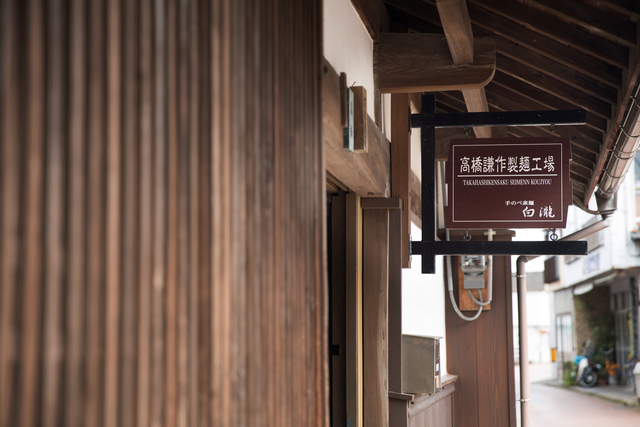
Soumen stretched by hand and by machine
Do you know that some packages of Soumen you see in stores say only ” Soumen ” and others say ” Hand-Pulled Soumen “? The difference is the production method. Somen” is made from a mixture of wheat flour, salt, and water, rolled out thinly on a roller, cut into thin strips, and dried by a machine, while “hand-rolled somen” is made from the same dough that is “twisted” and stretched into thin strips before being dried. The “hand-pulled somen” is made from the same dough that is “twisted” and then stretched thin and dried. The characteristics of hand-rolled somen are that it is thin, smooth, firm, and does not stretch over time. The reason why the texture of “somen” ( mechanical somen ) is said to be inferior to that of hand-pulled somen is largely due to this difference in the production process.
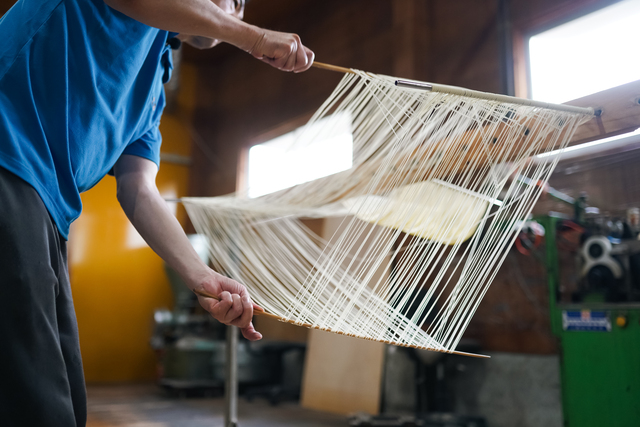
However, not all “hand-rolled” somen are made by hand. Because it is quicker and more suitable for mass production, most hand-rolled somen noodles in Japan are now made by machine. However, there are a few noodle mills in Minami-Shimabara City, Nagasaki Prefecture, that still “hand-roll” their noodles. Mr. Toru Takahashiof Takahashi Kensaku Noodle Manufacturing continues to follow the “hand-stretching” method.

Minami-Shimabara, once home to more than 700 noodle mills
Minamishimabara has a long history of producing a large number of somen noodles as a subcontractor for Miwa Somen (Nara), and at its peak there were over 700 noodle mills in the area. Shimabara’s natural environment contributed to the production of somen noodles. The fertile soil and mineral-rich water nurtured over many years by the activities of Unzen and Fugendake mountains located in the center of the peninsula. The climate is ideal for wheat cultivation, and wheat cultivation has taken root in this region. The natural salt from the Ariake Sea and the sea breeze have made somen production a part of people’s daily lives, and have further nurtured Minami-Shimabara as a town of somen. Utilizing such somen-making techniques, around the 1950s, the town developed somen as one of its main industries. Today, Minamishimabara boasts approximately 30% of the nation’s market share for hand-rolled somen, and continues to spin its traditions as a top-class somen town. It continues to grow.
A Small Noodle Factory with 160 Years of History
Takahashi Kensaku Noodles also boasts a long history, having been established in 1858. Currently, Toru, the sixth generation of the family, his wife, and son are working hard every day to make the noodles.
Upon entering the factory, one is struck by the sight of the noodles being stretched into thin strips, skillfully using a bamboo stick held in both hands. The scene is breathtaking as the bamboo sticks are inserted between the noodles on the tubes and handled to stretch them as if weaving silk threads. The noodles, which were as thick as a pinky finger at first, quickly become as thin as one millimeter.
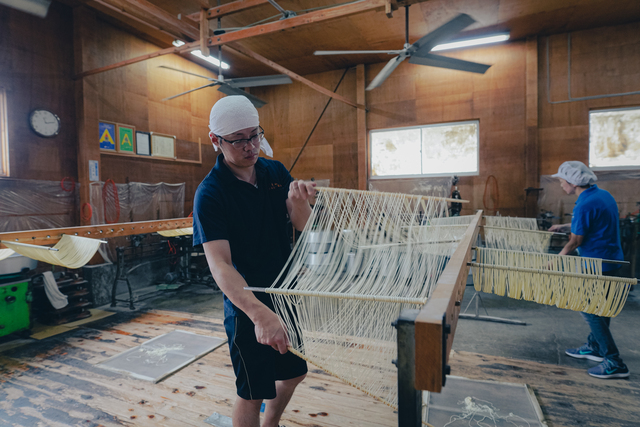
Stretching the noodles is a race against time. The quality of the noodles changes depending on the weather, humidity, and temperature of the day, so we have to be careful with the dough we prepare each morning. Toru says. The taste of the noodles is determined by the dough, which is prepared before dawn. The ” kneading ” process, in which carefully selected flour is mixed with salt water, is considered a difficult process even with years of experience, as the mixture is slightly changed according to the weather and humidity of the day.

How to make white and firm somen noodles
Once the dough is kneaded, a thin layer of cooking oil is applied to the surface to prevent the dough from sticking to each other, and the dough is twisted and stretched into a noodle shape. Toru uses medium to strong flour with a slightly higher protein content for his somen. When mixed with water and kneaded, this protein is converted into gluten, which gives the noodles their stickiness and elasticity. The higher the amount of gluten, the more yellowish the color of the dough. The process of kneading the dough and stretching it into layers without cutting it, while aging it over and over again, produces a firm, unbreakable somen noodle, even when it is as thin as 1 mm. Strong flour makes the noodles more firm, but the high protein content and the high gluten content tend to make the noodles yellowish. However, Somen noodles look better when they are white like silky threads, don’t they? That is why we are particular about how to make the color white while strengthening the firmness.
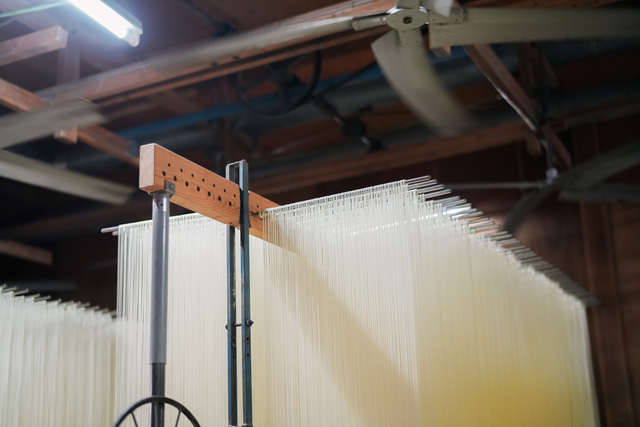
The work of stretching the noodles is the only thing that cannot be matched by hand.
Even if the noodles are firm, they are stretched according to the climate of the day, so they often break due to temperature changes, or the color does not turn out as white as expected. He says, “I’ve been doing this for 45 years, and there are very few days when I get it right. This is the very reason why Toru insists on hand-pulling the dough. I want to leave the kneading of the dough, which can be done better by machines, to the machines,” he says. But in the stretching process, I have to adjust the amount of force I use while watching for changes in the dough. As time goes by, the noodles dry out and become saggy, so they tend to break easily. This stretching process cannot be done by hand, ” says Toru. Repeatedly stretching and binding the dough allows the gluten to pass through to the center of the noodle, resulting in a smooth, smooth texture that cannot be experienced with ordinary somen noodles, a unique firmness, and the indescribable texture that is difficult to break even after boiling.
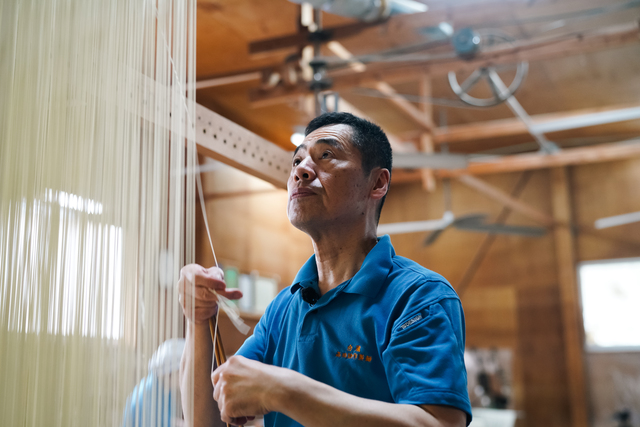
People who have tried Takahashi Kensaku Noodles’ somen noodles often ask, “Why is it so delicious even though it is made from the same ingredients? Once a customer is attached to a product, he or she stays with it for many years. Once a customer is hooked, he or she will continue to seek out Toru’s somen for many years to come. I think the difference in taste and texture comes from the fact that the noodles are hand-stretched,” he says. I feel that the customers buy my somen because of the fact that I stretch them by hand. Since we are not a machine, there is a limit to how much we can make. Even so, when customers say, “Takahashi-san’s somen is the best,” it makes me feel happy that I have stuck to hand-rolled somen,” he says with a smile.
Bringing Back the Everyday Eating of Boiled Dried Noodles
Recently, the number of people who do not have the custom of boiling dried noodles is increasing. Somen, once a signature product for mid-year and year-end gifts, has seen a decline in demand as the market has shrunk in size in recent years. In addition, the shift to nuclear families and the increase in dual-earner households are encouraging ” short-cooking,” which requires less time and effort to prepare. Rather than boiling dried noodles, cup noodles that can be finished simply by pouring hot water into a cup or frozen noodles that can be heated in a microwave oven are predominant. That kind of scene has been reduced. Such scenes have decreased,” Toru muses.
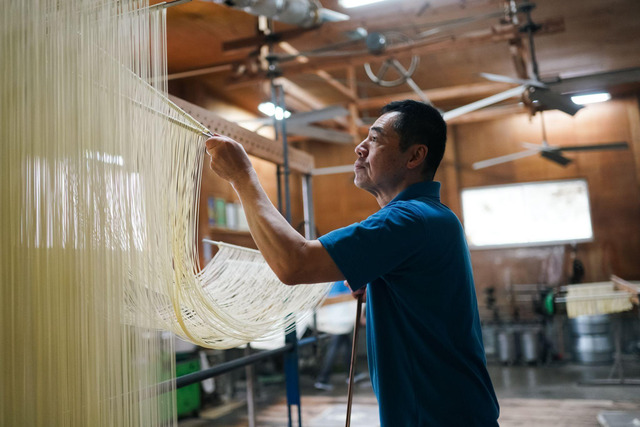
A Product of Changing Lifestyles
However, the change in lifestyles seems to be bringing unexpected changes to this situation. With more people teleworking and spending more time at home, sales of dried noodles, which are easy to stock, are on the rise. Dried noodles such as somen and pasta, which are easy to season and can be rearranged for enjoyment, are also increasing in popularity due to their satisfying and healthy qualities. At Takahashi Kensaku Noodles, chanpon, udon, ramen, cold Chinese noodles, and other hand-pulled dried noodles are also popular. I want people to know the taste of somen and other dried noodles because they are simple and tasty,” says Tetsusan. I hope you will enjoy the taste,” says Toru. Fold the noodles in half and put them directly into miso soup that has been slightly diluted. Even simple condiments such as green onions are tasty enough, and there are many ways to enjoy them from summer to winter,” he said.
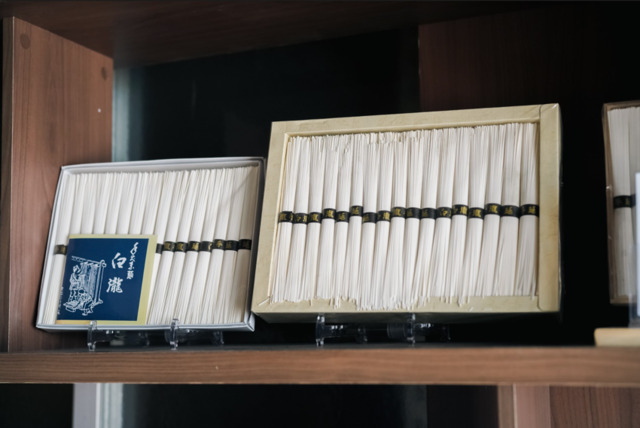
Somen as white as a waterfall
Minamishimabara’s hand-pulled somen used to be a thriving cottage industry. The family is the smallest unit of people in Minamishimabara, and the tradition of making each type of somen has been passed down from generation to generation and continues to this day.
I think it is good that there are so many different types of noodle makers. I think it is good that there are so many different kinds of noodle makers. But at the moment, I don’t need a machine. My son, who makes somen noodles with me, says, ‘I like the way things are now. I don’t mind if at least one such somen shop remains,” says Toru, narrowing his eyes.
The name of their signature product, Shirataki, is derived from their predecessor’s wish to “make somen noodles as white and straight as a waterfall. Toru, who has inherited these ideas, is also looking straight ahead. It takes a lot of time and effort. But as long as there are people who say, ‘Takahashi-san’s somen is the best,’ I will continue to make somen with pride in this method.

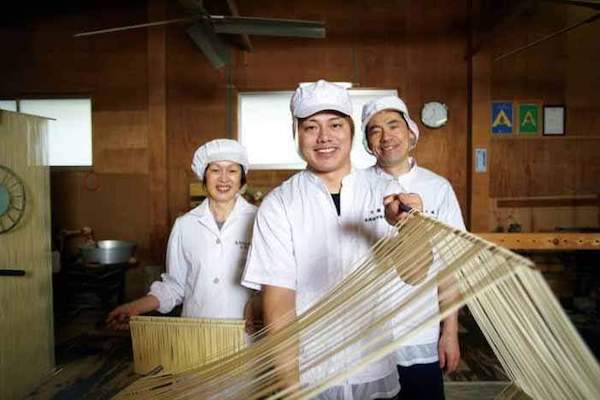
Our hand-pulled somen noodles are as white as silk and have a fluffy texture, strong firmness, and a smooth, refreshing feel. Inheriting traditional techniques, we work slowly and carefully without being constrained by time, depending on the day’s climate. Please enjoy our traditional hand-pulled somen, one of the few traditional “Shimabara Teben Somen”.



